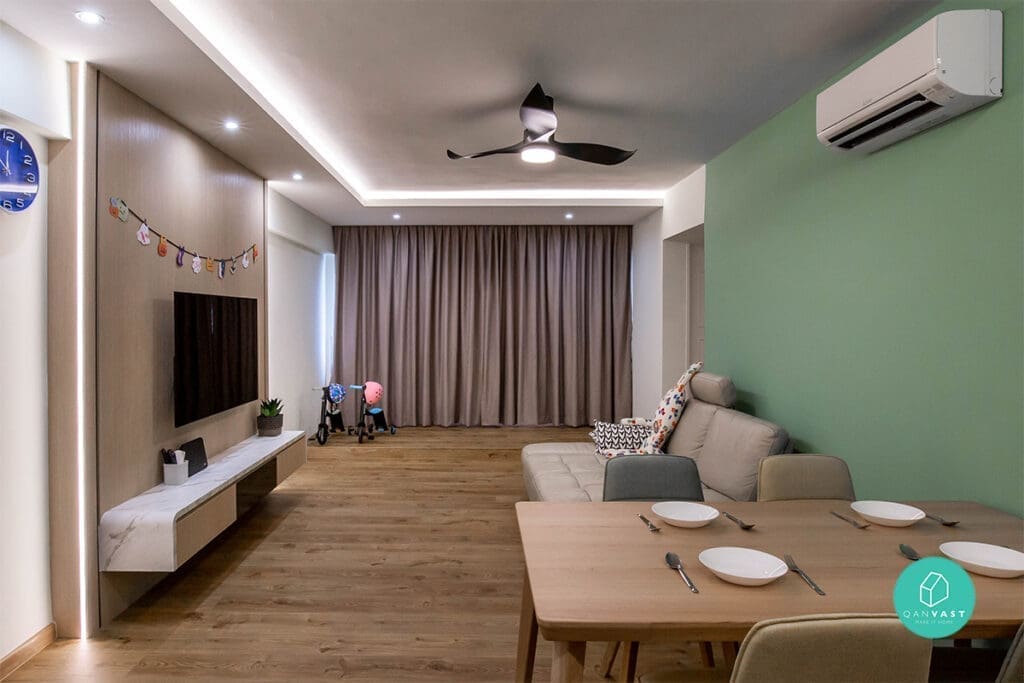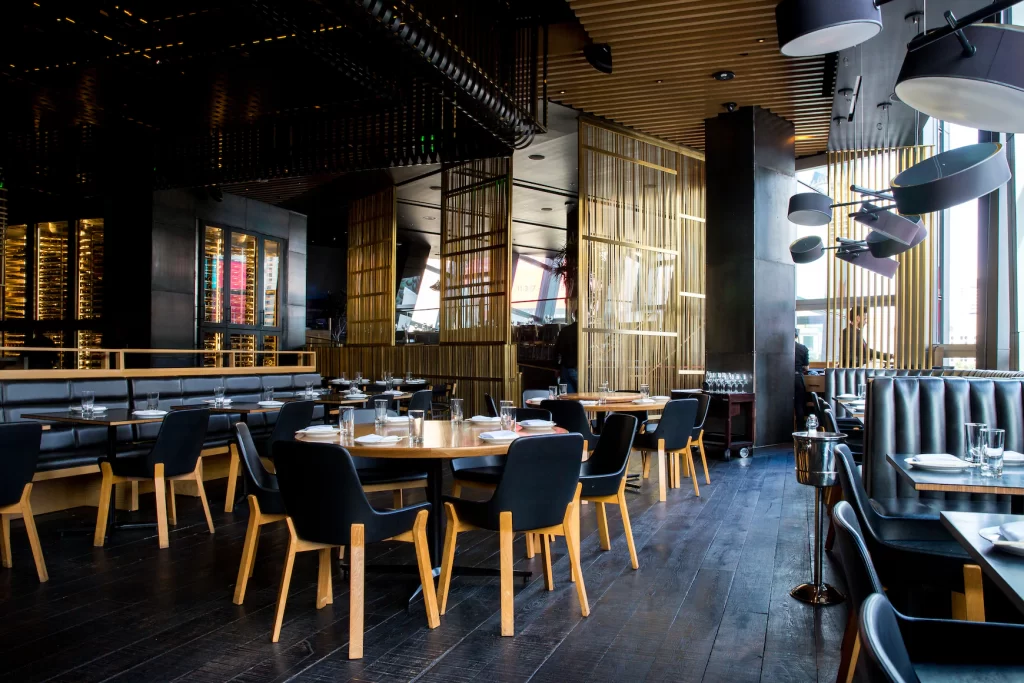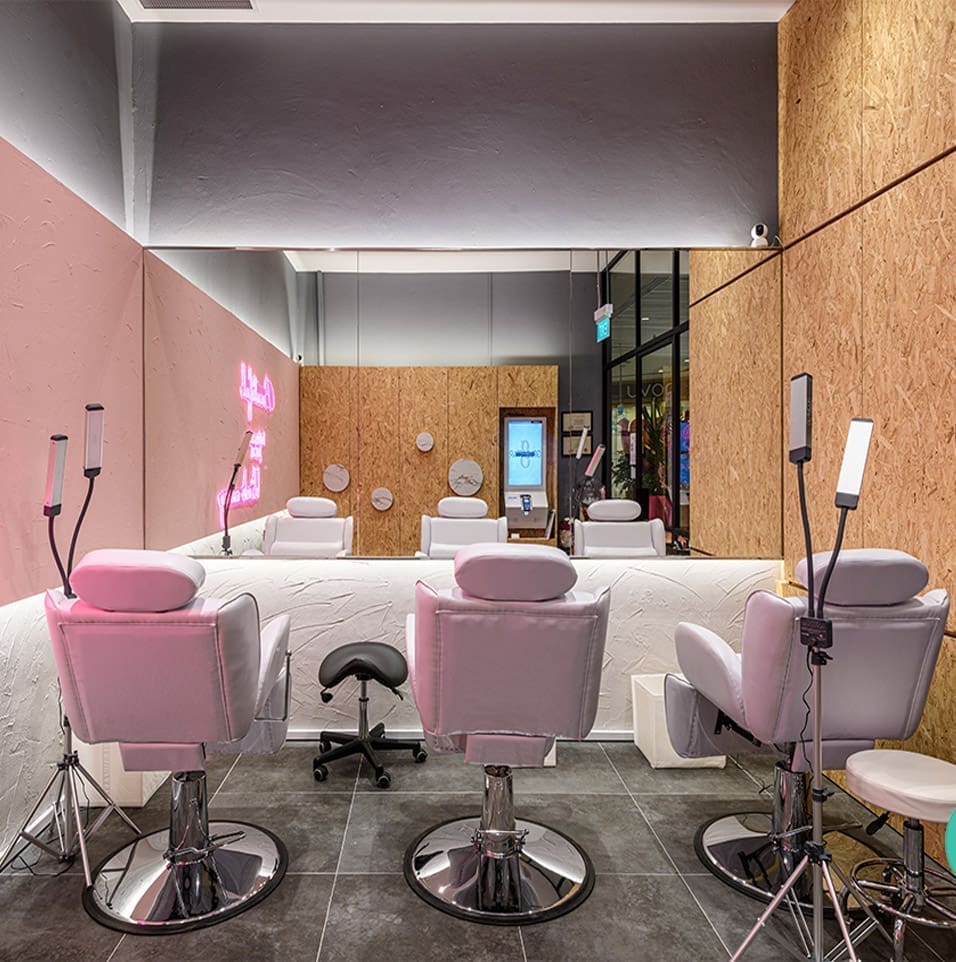Industrial interior design is a style that has been gaining popularity in recent years for its unique and unconventional approach to home decor. It’s a style that showcases raw materials, embraces imperfections, and blends vintage with contemporary aesthetics. Industrial design is not only an excellent way to add character to a living space but also provides a practical and functional approach to decorating.
If you’re looking to create a home that stands out from the crowd, incorporating modern industrial design ideas may be the perfect solution for you. This article will delve into some creative and inspiring ways to infuse industrial style into your home and create a one-of-a-kind living space that reflects your personality and taste.




Materials and Colors
When it comes to design, materials and colors are essential elements that can greatly influence the look and feel of a space. Here are some popular options for materials and colors in contemporary design:1) Materials
- Raw materials: Raw materials such as concrete, exposed brick, and metal are becoming increasingly popular in contemporary design. These materials offer a rugged, industrial look that can be both timeless and modern.
- Wood: Wood is another popular material choice for contemporary design. It can be used in a variety of ways, from flooring and cabinetry to accent walls and furniture.
- Glass: Glass is a great option for contemporary design because it offers transparency and lightness. It can be used for windows, doors, and even entire walls to create a sleek and modern look.
2) Colors
- Neutral palettes: Neutral color palettes are a common choice in contemporary design. Shades of gray, beige, and white create a calming, sophisticated atmosphere that allows other elements of the space to shine.
- Bold accents: To add interest and depth to a neutral color scheme, bold accents can be introduced. These can come in the form of bright pops of color, graphic patterns, or textured materials.
Lighting
When it comes to designing a space, lighting plays a crucial role in creating the right atmosphere and enhancing the overall aesthetic. Here are some popular options for lighting in contemporary design:1) Fixtures
- Industrial lighting: Industrial lighting fixtures are a popular choice in contemporary design. Pendant lights, Edison bulbs, and exposed wiring can create a rugged, industrial look that complements the raw materials used in the space.
- Minimalist lighting: Minimalist lighting fixtures, such as sleek, linear LED lights or simple pendant lights, can create a clean, modern look that works well in contemporary spaces.
- Statement lighting: For a bold statement, large chandeliers or sculptural lighting fixtures can be used to create a focal point in the space.
2) Sources
- Natural light: Incorporating natural light sources, such as windows or skylights, is a key element of contemporary design. It not only brings in natural beauty but also helps create a sense of openness and connection to the outdoors.
- Artificial light: In addition to natural light, artificial light sources can also be used to create a specific mood or ambiance in a space. Dimmer switches, colored bulbs, and accent lighting can all be used to achieve the desired effect.
Furniture
Furniture is a key element in any design scheme, and in contemporary design, functionality and practicality are prioritized. Here are some popular options for furniture in contemporary design:1) Functional pieces
- Multi-purpose furniture: Multi-purpose furniture, such as storage ottomans or convertible sofas, can help maximize space and serve multiple functions in a room.
- Minimalist designs: Clean lines, simple shapes, and unadorned surfaces are hallmarks of contemporary furniture design. This creates a sleek, modern look that is both practical and stylish.
- Ergonomic designs: Comfort and functionality are also important considerations when it comes to contemporary furniture design. Ergonomic chairs and sofas are often used to provide both comfort and support.
2) Vintage pieces
- Distressed or worn furniture: To add character and warmth to a contemporary space, vintage or distressed furniture pieces can be incorporated. These pieces can add a sense of history and nostalgia to a modern design scheme.
- Mid-century modern: Mid-century modern furniture pieces, with their clean lines and simple shapes, are a popular choice for contemporary design. These pieces are timeless and can add a retro-chic vibe to a space.
- Natural materials: Natural materials such as wood or leather can be used to create vintage-inspired furniture pieces that add warmth and texture to a contemporary space.

Decor
Decor is an important element of any design scheme, and in contemporary design, statement pieces and natural elements are often used to create a balanced and inviting space. Here are some popular options for decor in contemporary design:1) Statement pieces
- Large clocks: Large clocks, particularly those with bold, industrial designs, can add a sense of drama and visual interest to a contemporary space.
- Maps: Maps, whether vintage or modern, can be used as a decorative element in a contemporary design scheme. They can be used to add color, texture, and a sense of adventure to a space.
- Vintage signs: Vintage signs, particularly those with bold typography and bright colors, can add a playful, retro-chic vibe to a contemporary space.
1) Natural elements
- Greenery: Incorporating greenery and plants into a contemporary space can help soften the industrial feel of raw materials such as concrete and metal. Plants can be used to add color, texture, and a sense of life to a space.
- Natural materials: Natural materials such as wood or stone can also be used as decor elements to create a sense of warmth and texture in a contemporary space. A wood accent wall or a stone fireplace can add a cozy, inviting feel to an otherwise sleek and modern design.
Examples of Modern Industrial Design Ideas
Modern industrial design has become increasingly popular in recent years, with many homeowners and designers opting for a sleek and functional aesthetic. Here are some examples of modern industrial design ideas:1) Loft-style living spaces
- Open-concept layouts: Loft-style living spaces often feature open-concept layouts that emphasize the flow of natural light and space. The use of raw materials such as exposed brick and metal can create an industrial feel that complements the open layout.
- High ceilings: High ceilings are a hallmark of loft-style living spaces. They create a sense of airiness and spaciousness that enhances the industrial feel of the space.
2) Open-concept kitchens
- Minimalist design: Open-concept kitchens often feature minimalist designs with clean lines and unadorned surfaces. This creates a sleek, modern look that is both functional and stylish.
- Industrial materials: Industrial materials such as concrete, metal, and exposed brick can be used in the kitchen to create an industrial feel that complements the open layout.
3) Industrial-inspired bathrooms
- Use of raw materials: Industrial-inspired bathrooms often feature raw materials such as concrete, metal, and wood. These materials can be used to create a rugged, utilitarian feel that is both stylish and functional.
- Statement fixtures: Statement fixtures such as oversized mirrors or industrial lighting fixtures can add a bold, dramatic element to an industrial-inspired bathroom.
4) Modern and minimalistic bedrooms
- Clean lines: Modern and minimalistic bedrooms often feature clean lines, unadorned surfaces, and a monochromatic color scheme. This creates a sleek and calming atmosphere that is perfect for rest and relaxation.
- Use of natural materials: Natural materials such as wood or stone can be used to add warmth and texture to a modern and minimalistic bedroom. The use of these materials can also help balance out the industrial feel of the space.
To sum up everything
Modern industrial design can be a game-changer when it comes to creating a unique and stylish home. Its bold, raw and edgy aesthetic can elevate any space and transform it into a cool and sophisticated haven. By incorporating industrial design ideas, you can add character and depth to your home, making it stand out from the crowd. To achieve this look, consider incorporating elements such as exposed pipes, metal accents, and reclaimed wood furniture. Don’t be afraid to mix and match styles, textures, and materials to create an eclectic and personalized space. With these tips, you can easily incorporate industrial design into your home and enjoy a trendy, contemporary look that is both functional and visually stunning.
Renovate your house with Ovon Design!
hassle-free E-WARRANTY Ovon-D offers an easy and hassle-free E-WARRANTY program to give you the confidence you need to make that final investment decision. It is because we are a company whose mission is to provide excellence and quality service for OUR BELOVED customers worldwide, as well as being a reliable, honest, professional, and trustworthy company. Click here to learn more about our service or visit our showroom at 53 Joo Chiat Place Singapore 427777 or 534 Balestier Road Singapore 329860.Ovonites



















